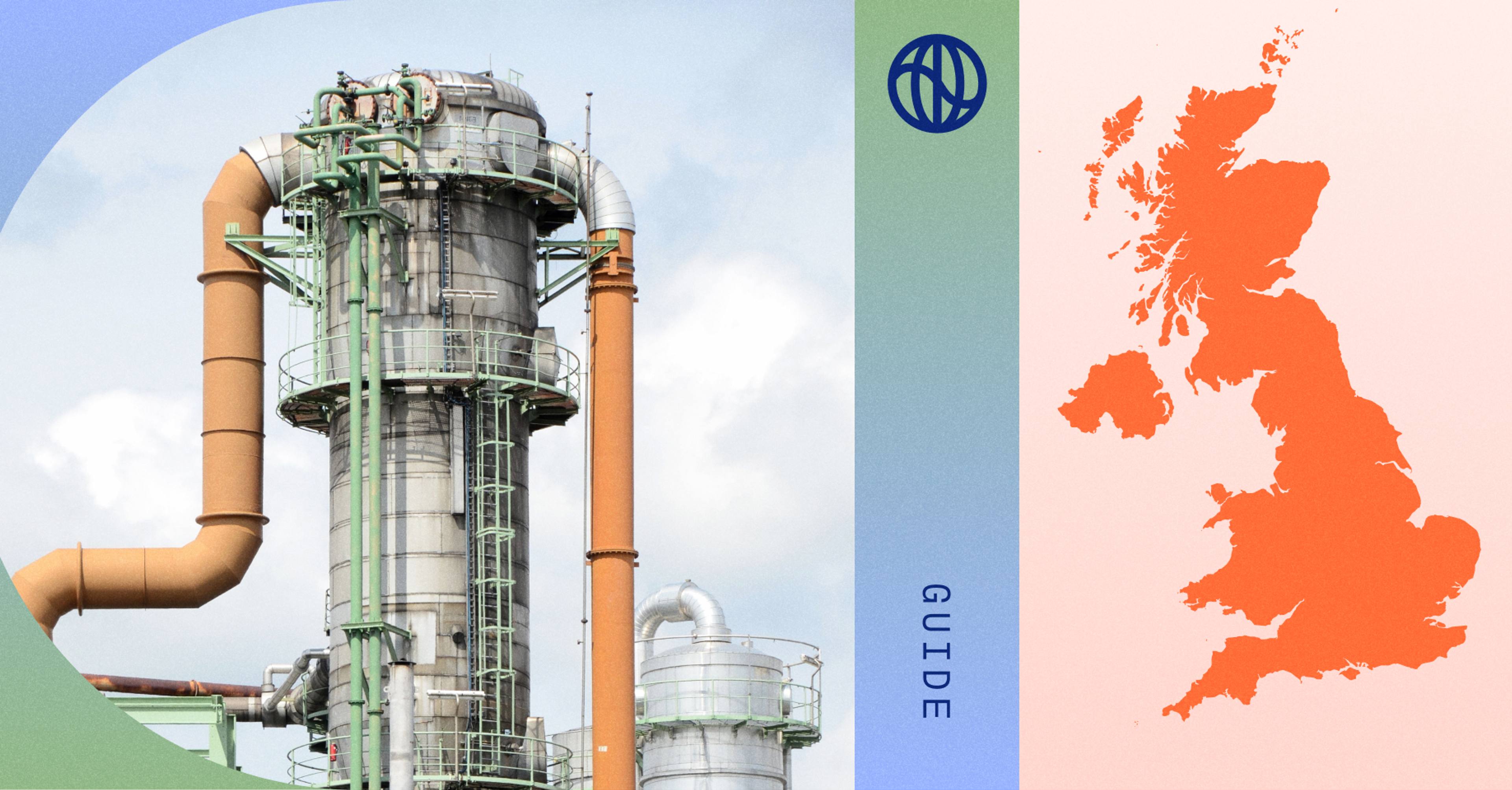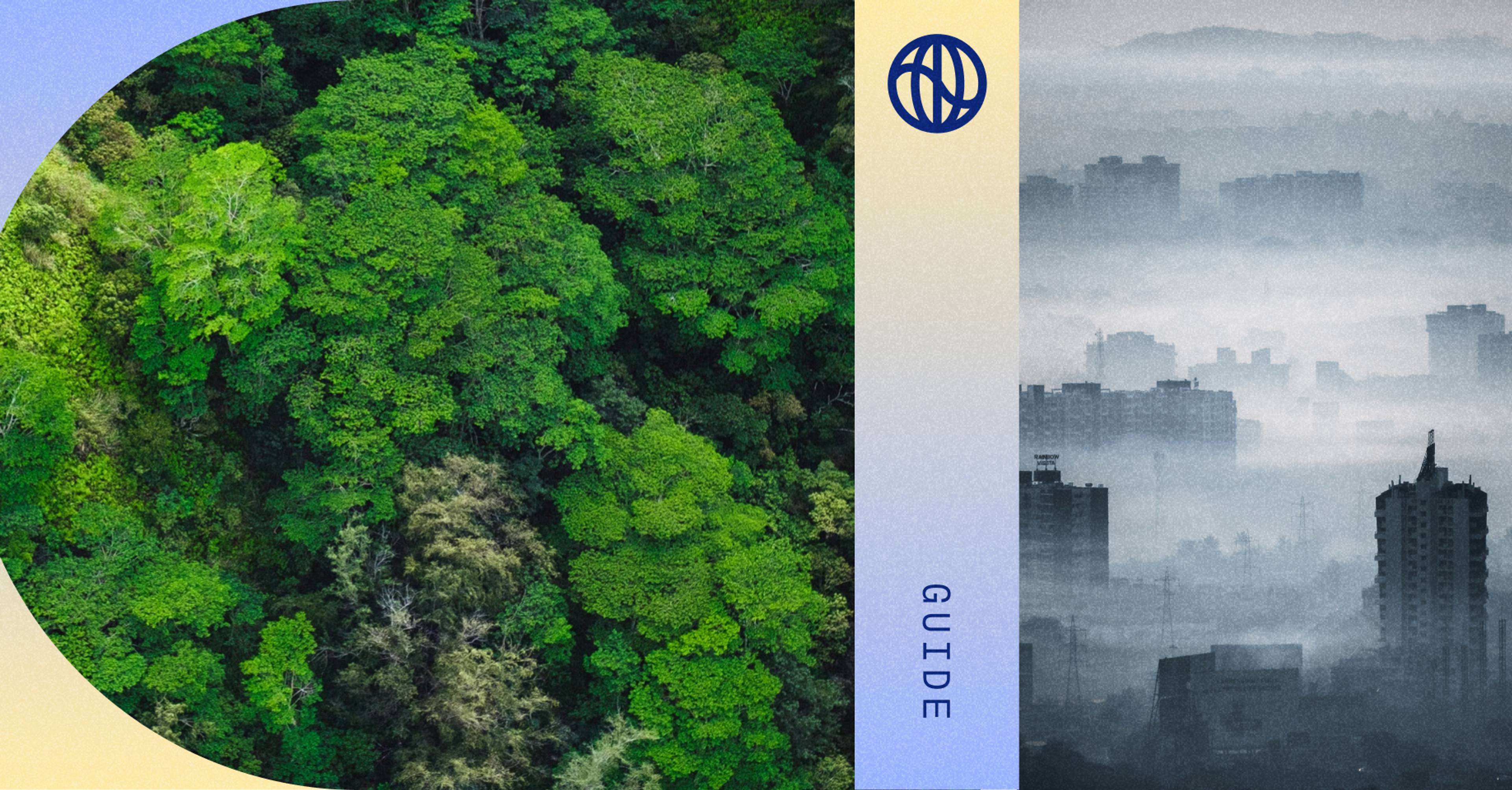Companies are facing mounting pressures to create effective climate programs. But doing so from scratch is difficult, especially if you’re in a complex business with many different systems, tools, and data sources.
A good starter program should be lean: built around affordable infrastructure that unlocks tangible outputs from day one—like audit-ready carbon footprints and credible emissions reductions plans—in a way that can also seamlessly scale with your climate ambitions.
This guide is about how to build a high-impact, cost-effective foundation—one that doesn’t require a dedicated internal team, army of consultants, or large locked-in investment.
Watershed helps companies—from global firms like Walmart to regional startups like Kainos—measure, report, and act on their emissions. We support customers at every stage of their climate journey, ensuring they have the right tools and support to move their climate programs—and their businesses—forward.
Leadership’s role
Leaders have a crucial job to do, which is best done before anything else: identifying an in-house climate champion.
You don’t need a large internal team to start a high-impact climate program. Several of our customers run successful programs through a single climate lead—supported by our carbon data and compliance experts on an a la carte basis. Your lead doesn’t even need to be full-time on climate—or even have a background in climate science or policy—so long as they’re able to communicate with their colleagues in a way that inspires real action.
This individual might grow into a full-time role, or start up an internal team, or ultimately pass the torch to a dedicated hire down the road. But to begin you just need someone, and identifying interested candidates can be as easy as sharing posts like this in your company Slack.
The climate lead’s role
If you’re a new climate lead—or a prospective climate lead looking to pitch your company on creating a formal role—the first step is fleshing out an effective program proposal.
There are two winning considerations to doing this well:
1. Make buy-in easy
The benefits of having a climate program are higher than ever: better financial performance, improved risk management, and talent retention, to name a few. Realizing this value begins with a program proposal that both highlights these positives and preemptively addresses executive concerns around resource limitations and the difficulty of building out new competencies.
While this post covers how to negate these concerns by starting lean, we also cover the dos and don’ts in more depth in our guide to building a high-impact climate program.
2. Start with software. Some climate programs are initially built on the work of consultants—who measure footprints, compile reports, and address problem areas on an on-demand basis. But while the right consultants can be invaluable in solving specific pain points, they’re expensive to rely on, and often leave limited infrastructure behind, like static PDFs or complex Excel sheets. A healthy climate program requires flexible, repeatable approaches that you can optimize over time.
A key element here: integrating software as early as possible. You don’t want to get trapped spending hundreds of thousands of dollars manually assembling your climate reports every year. Watershed’s software generates data summaries, audit-ready reports, and carbon reductions strategies all with a click—by continuously ingesting data from one-time integrations.
The lean climate program playbook
Once you have your climate lead in place, we recommend four steps:
#1 - Define your starting ambition
This often works backward from your most pressing concerns: Which regulations do you need to begin complying with ASAP? What data are your stakeholders seeking? What actions or commitments are your employees advocating for internally?
While the scientific consensus is that every company should commit to reaching net zero emissions by no later than 2050, every company starts somewhere. The only thing you need to ensure you’re doing out of the gate is building the right foundation for action to follow.
#2 - Measure your emissions
While there are multiple long-term approaches to measurement, you don’t need to invest in more sophisticated strategies on day one—you just need to: (1) satisfy your existing disclosure requirements, and (2) start unblocking real action.
For new programs, the best first step is usually a high-level footprint that x-rays your company—and your value chain—for carbon hotspots. (Watershed’s software does this automatically by importing data you already have.) You can then supplement this with more granular measurements that put your most carbon-intensive practices or units under the microscope—allowing you to identify quick-win reductions from supplier or process changes.
“We went from generic industry averages to a live model—built on our actual data—in just a few weeks. And this modelling opened up a thousand new routes to drive down emissions across our value chain.”
– Stacy Kauk, Director of Shopify’s Sustainability Fund
#3 - Take action
Many companies worry that getting serious about emissions reductions is a budget killer. But there are a range of meaningful actions appropriate for day one—some of which are free, some of which can be funded creatively, and some of which actually drive real financial savings:
- Adjusting business travel policies can trim both carbon and budget expenditures
- Expanding work-from-home options (in a way that fits your company’s strategy) allows for smaller offices and reduced footprints
- Sharing your carbon data internally empowers employees to generate their own savings strategies—in areas of the business they might have never known were carbon-intensive
- Imposing an internal carbon tax—of even a few dollars per tonne—can help spur creative solutions and ensure all teams are including carbon in their thinking
- Swapping to clean power is easier and less expensive than ever, with lean and cost-effective options available now even for leased facilities (and for cloud computing!)
- Many customers are looking for sustainable product alternatives, and are happy to pay modest premiums that help fund the adoption of greener ingredients and processes
High-impact climate programs can often be run for a fraction of a percent of revenue. Watershed can help you estimate these costs and find the right mix for your immediate budget and goals.
#4 - Share your results!
Your investors, employees, and partners want a view into your progress—so they can celebrate milestones, identify obstacles to help with, and demonstrate to others that real action is happening. And of course regulators increasingly want more data too.
Watershed’s software makes this easy by offering dashboards with intuitive and customizable visualizations, along with preset exports for the most common use cases—including the exact formatting needed for SECR, CDP, and TCFD filings.
Support that scales
As your company and your climate ambitions grow, it’s important that your infrastructure scales with you in a cost-effective way—letting you pay for only what you still need, while always offering value that’s hard to replicate internally. This is why Watershed has various tiers, and why all human support is available ad hoc based on your needs and goals.
As you tackle thornier sources of emissions and prepare for more complex reporting requirements, your internal resources should be focusing on real action—and never be lost in spreadsheets, methodological studies, or legislative texts. Watershed is here to support your team, whatever its headcount, with everything that’s not core to your business—from energy sourcing to compliance guidance to identifying the highest-impact carbon reductions.












